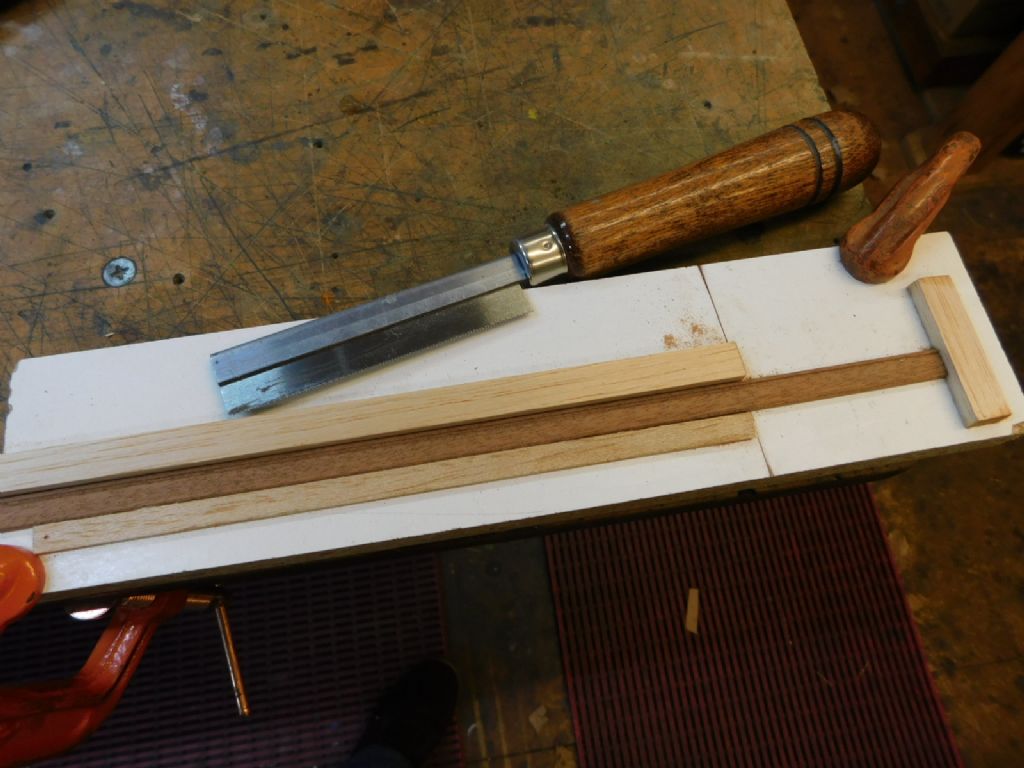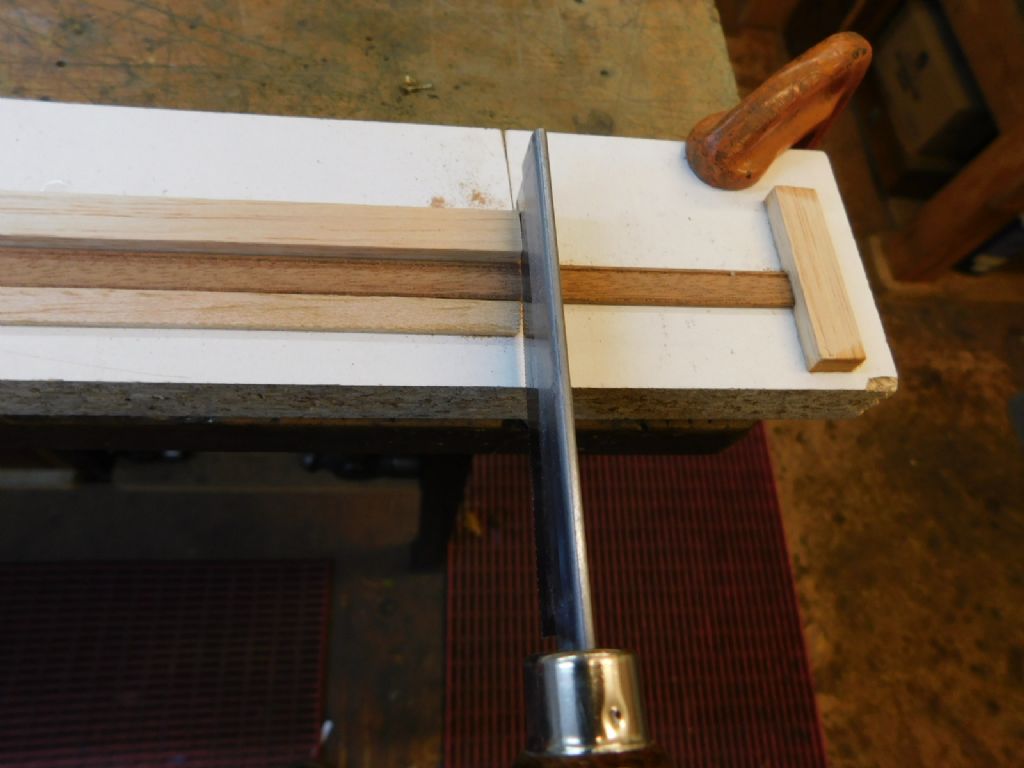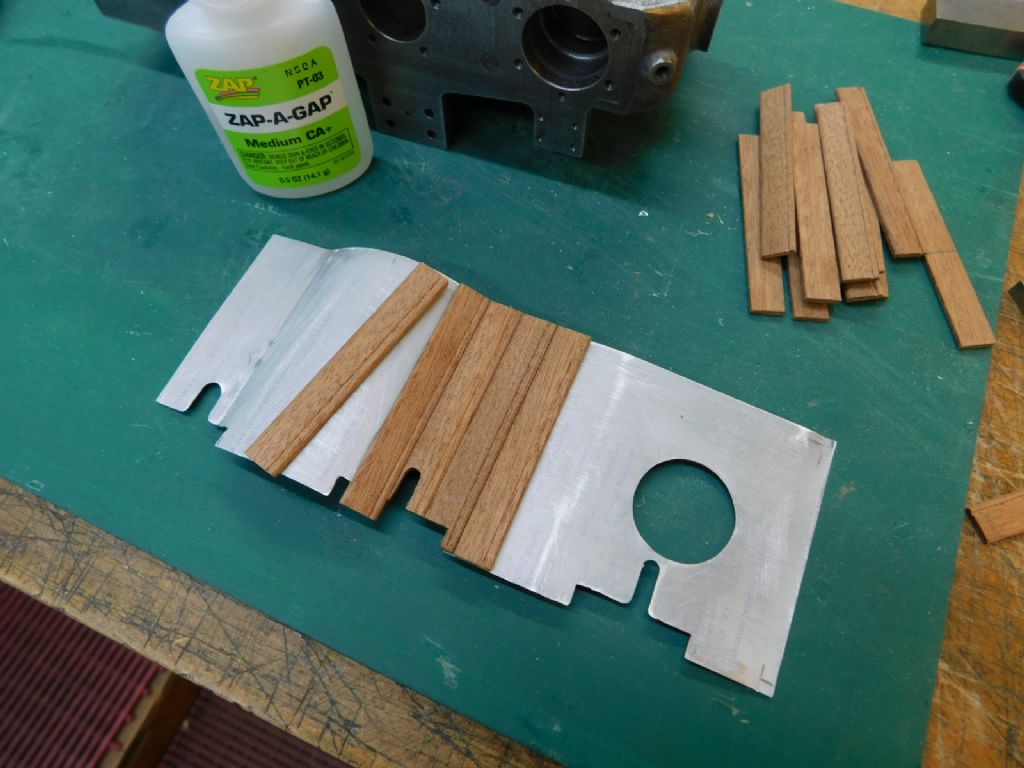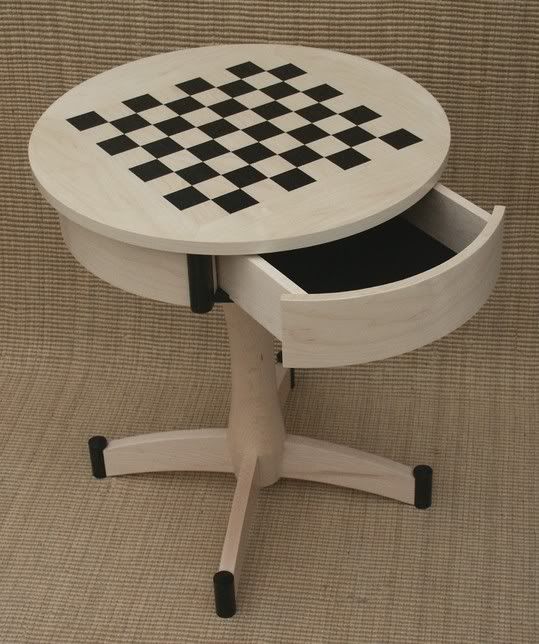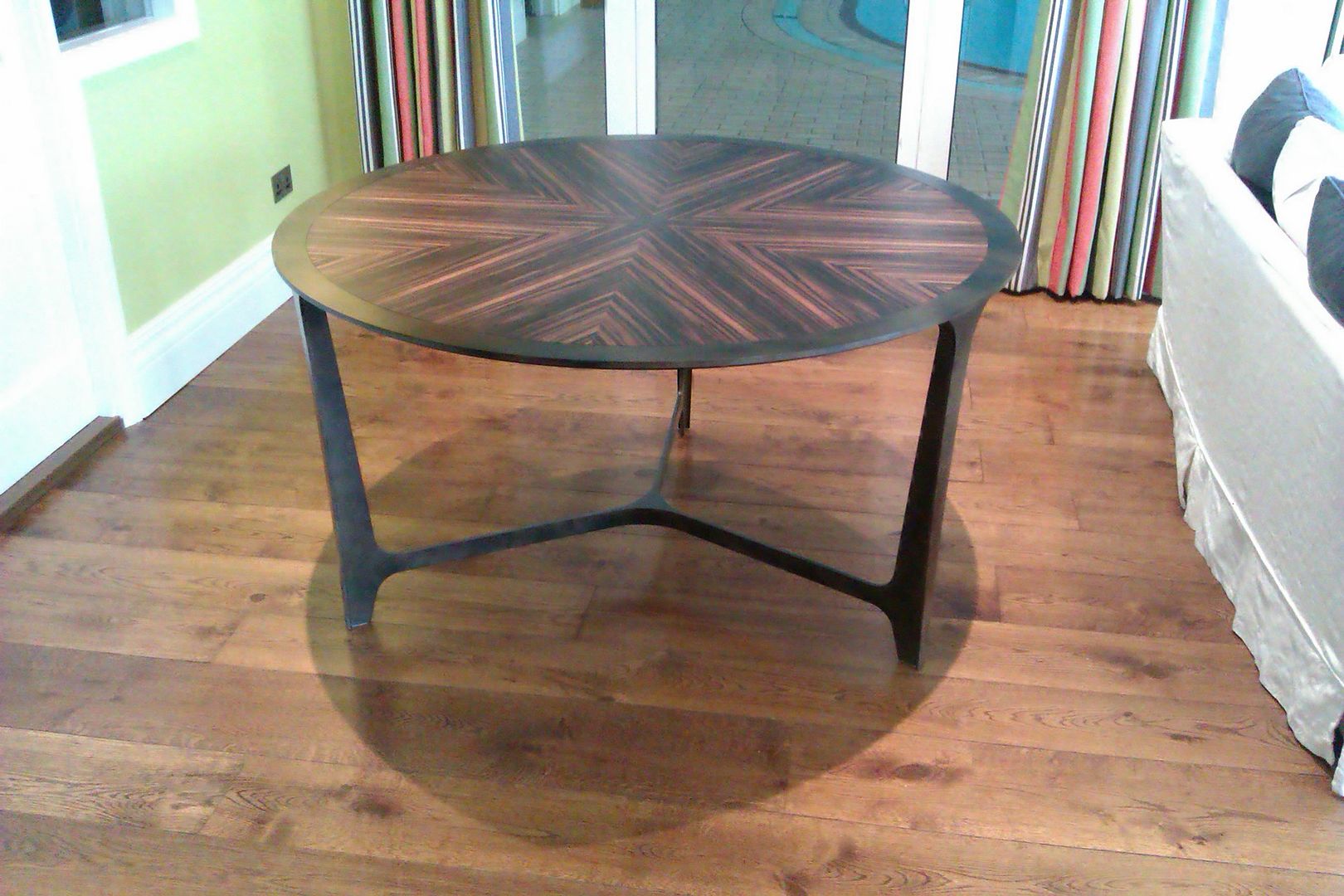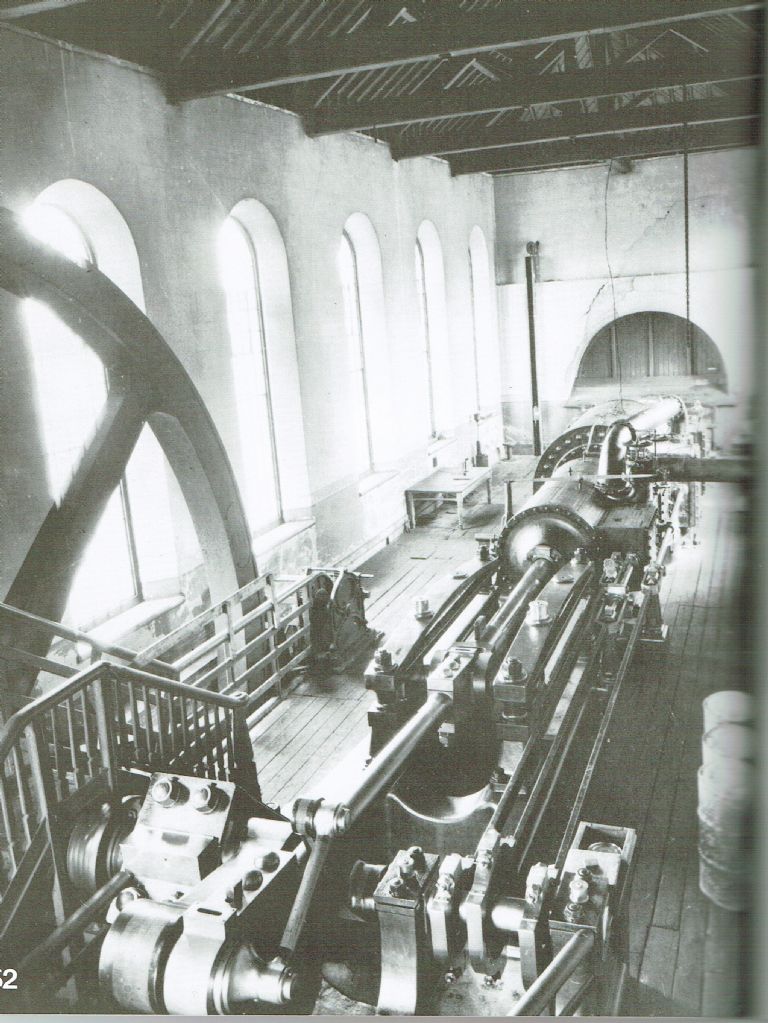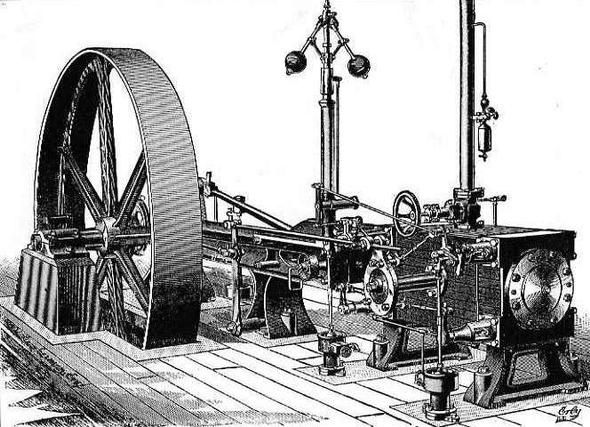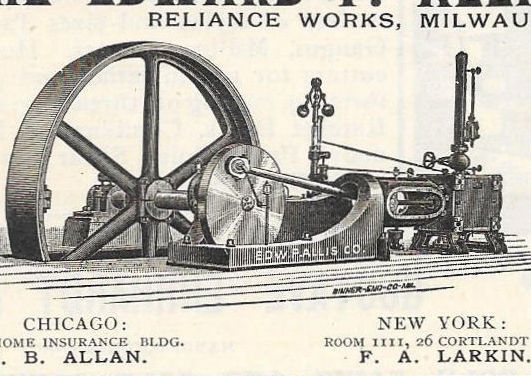All, I think this might have been touched upon a while back, but I can't find where: I'm wanting to start the base for the model, and to do a parquet wood effect. I need to know the approximate scale of the model to get the floor looking right.
Looking at the railing height, from floor to top rail, it's 3" or 76.2mm. A standard real-life height is about 1000mm, so this gives an approximate scale of 1:13
I was given a load of birch wood sections, which I think may have been for OO gauge sleepers:

Which are 4mm wide:

One of the standard parquet floor wood sizes is 60mm x 210mm, so this would give me a scale of about 1:15. I'd say this is close enough for the job.
Obviously I'd have to trim each piece to the correct length (about 15mm), but this would then double or even triple the number of strips I've got to work with. I'd need about 2500 to do the complete floor. I think it would look quite nice:

My thinking is to print the CAD of the floor onto paper, align and glue the paper to the base with PVA. Then in turn PVA each strip in place over the paper. I think it would be strong enough, since I use PVA on paper ship models and there's no way they're ever coming apart.
Any thoughts? Thanks.
 JasonB.
JasonB.






